ASF Germany: Border fence criticised
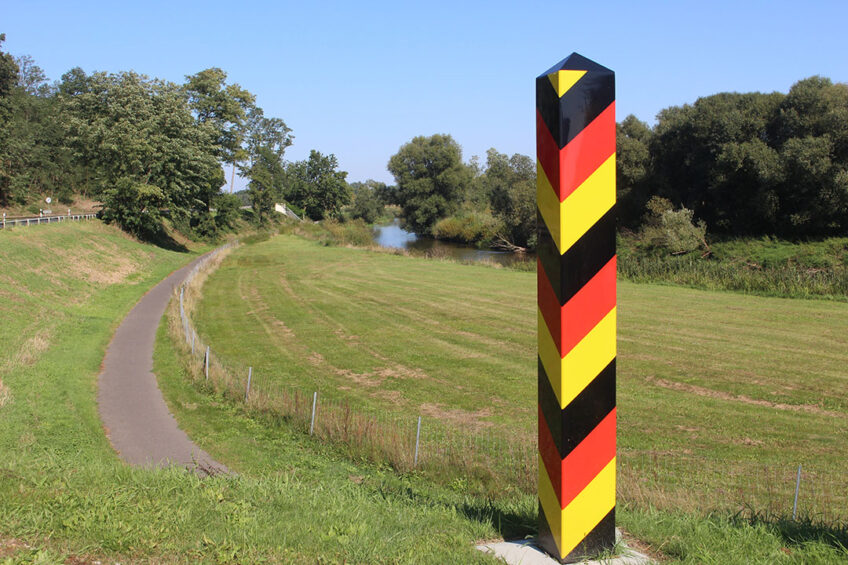
Germany’s strategy to keep African Swine Fever (ASF) out in the long run depends on permanent border fences, intended to keep migrating wild boar out. However, environmentalists point out that the fences cause harm to other wildlife.
Nature lovers are urging the authorities in Brandenburg state to move the fence. It currently stands close to the border rivers Oder and Neisse, and at certain intervals there are openings in the fence to allow other wildlife to pass. These openings, however, are not always used by the larger animals.
19 dead deer at the fence
In recent months, up to 19 deer were found dead right at the fence. Especially around New Year’s Eve, the river’s levels had risen, converting the fence into a death trap, as shown by this Brandenburg news outlet RBB. Locals as well as environmentalist organisations, including the World Wildlife Foundation (WWF) have expressed support for a relocation of the fences.
In a reaction, the ministry of consumer protection of Brandenburg state said, “Brandenburg is the bulwark against an unhalted expansion of ASF in westward direction. The results of the fight against the disease cannot be compromised.”
The debate is in a way analogous to criticism to how Covid-19 is being fought. When approaching the virus solely from a “health” perspective, the policy would require a certain ruthlessness. Reality, however, is that often more interests are at stake, which is why sometimes policies to fight a disease will end up being a compromise.
Meanwhile, one state south, in Saxony, the conviction is growing that reducing the large amount of wild boar is the road to solving the ASF crisis. In a press release, Sebastian Vogel, head of the ASF crisis anagement team, said, “The only way to contain swine fever and combat it successfully is to greatly reduce the very high number of wild boar in the restricted areas. We are glad that we have found an extremely competent partner in the Saxony State Hunting Association. The wild boar population is the main source of infection for swine fever. We must therefore reduce them in order to combat the spread of the animal disease and prevent it from spreading to domestic pig populations.”
Rapidly approaching 10,000 wild boar victims
When analysing the latest data, the ASF outbreak cluster in Western Poland and Eastern Germany is rapidly approaching 10,000 wild boar victims – as from February 8, in total 9,877 infected wild boar victims had been detected on both sides of the border. In Western Poland, since November 2019, 6,555 animals were found, and about half of those in Germany: 3,322. The first outbreak occurred there in September 2020.
In the meantime, it looks like most ASF activity on the Polish side of the border is shifting to other provinces than Lubusz. In that province, the first outbreak in the cluster in Western Poland took place in November 2019, and for a long time the vast majority of outbreaks in wild boar took place there. Almost 5,000 of the 6,555 outbreaks in Poland were in that province.
Outbreaks in Lower Silesia and Greater Poland
In the last 3 months, a picture has emerged that monthly outbreak numbers in both neighbouring Lower Silesia as well as Greater Poland have overtaken those in Lubusz, with numbers in Lubusz going down and numbers in both other provinces going up. It fits a pattern of the virus flaring up and coming down. Like a drop in the ocean, the ring becomes wider.
One of the effects of the widening ring is that the outbreaks are occuring increasingly close to the border with the Czech Republic. The most recent find was only 9km away from the Czech border. The country is one of the few that managed to overcome an infection with ASF, when an outbreak was found near the city of Zlín, in the south, in 2017 and 2018. In eastern Poland, African Swine Fever virus has been a problem since 2014. The infected area covers the entire eastern border.
Wild boar sleeping on the couch
That the problem of African Swine Fever is partly caused by a thriving wild boar population, was found out in early February by a 39-year old woman in Hagen, North Rhine Westphalia, a town just south of Dortmund. Amongst others reported that when the woman returned home, a wild boar had taken a rest on her sofa. The animal had most likely entered the home through a garden door, after which the door fell into a lock.
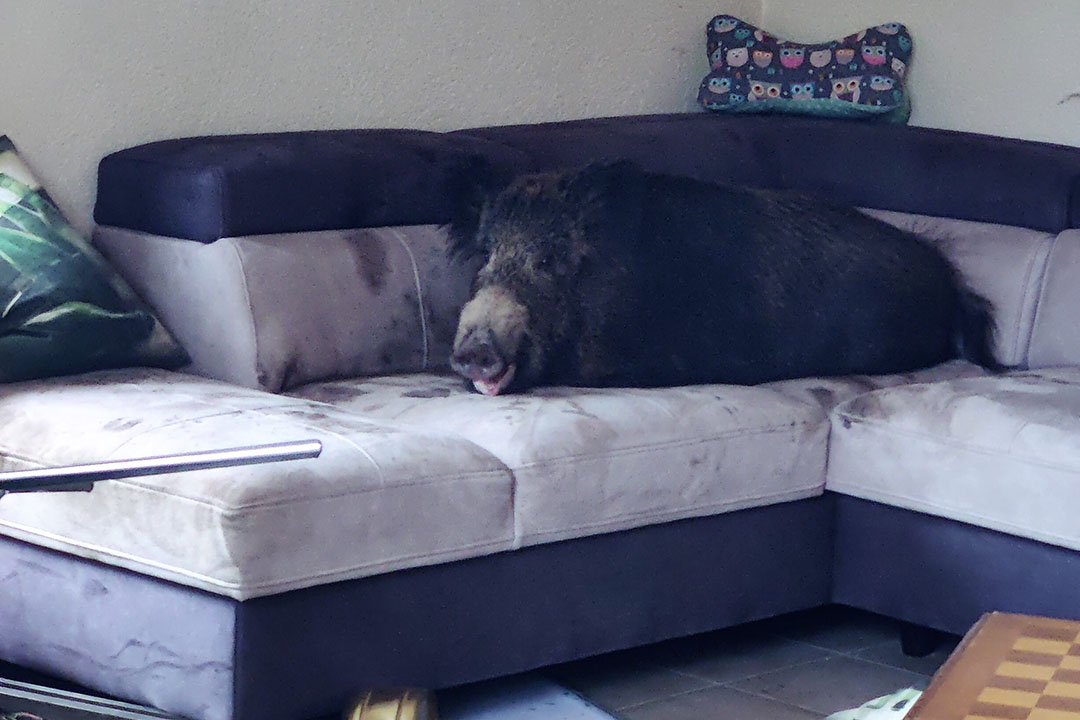
Together with a hunter, the 60kg animal was carefully released by opening the door again, after which it departed into nature.
Join 18,000+ subscribers
Subscribe to our newsletter to stay updated about all the need-to-know content in the pigsector, three times a week. Beheer
Beheer

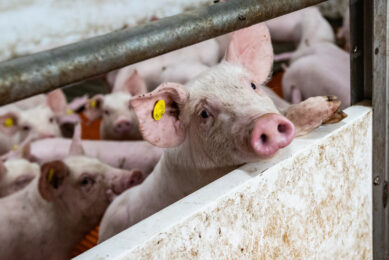
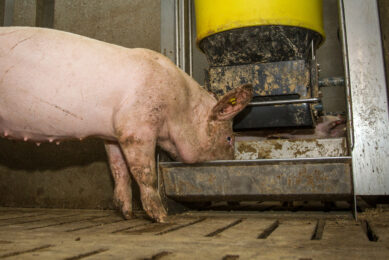
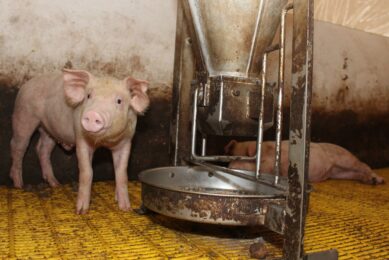
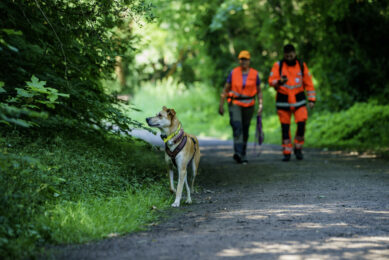








 WP Admin
WP Admin  Bewerk bericht
Bewerk bericht